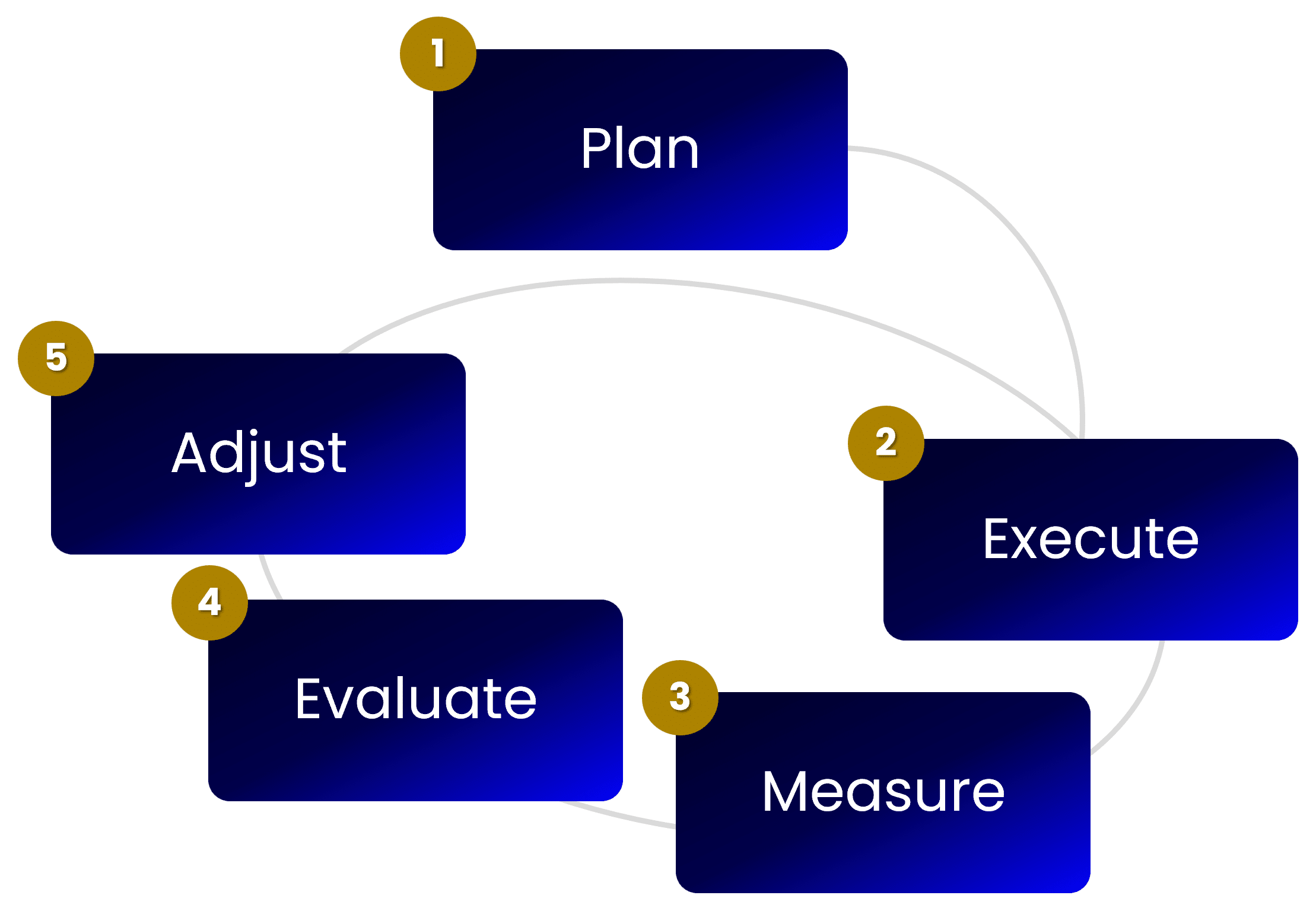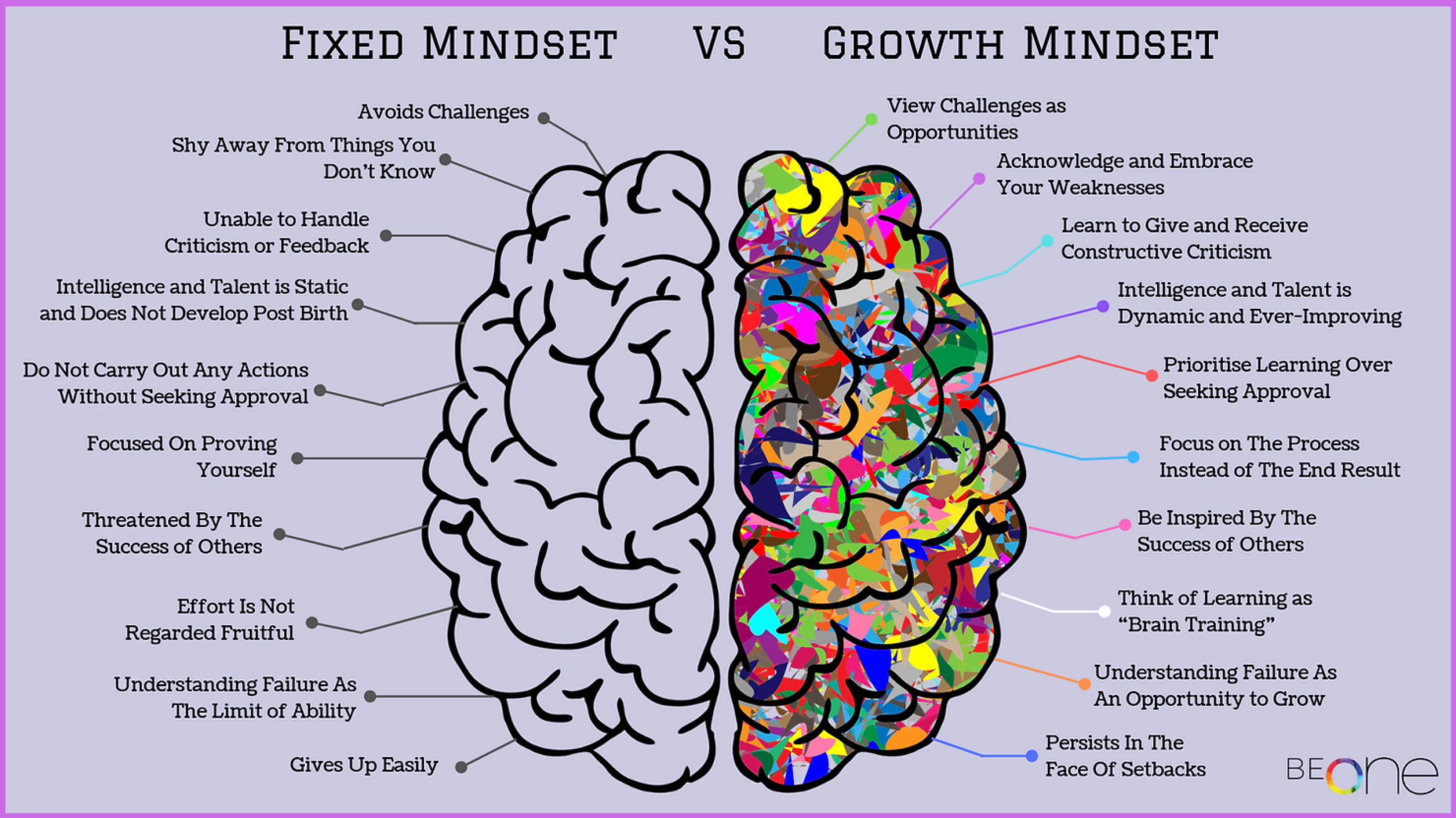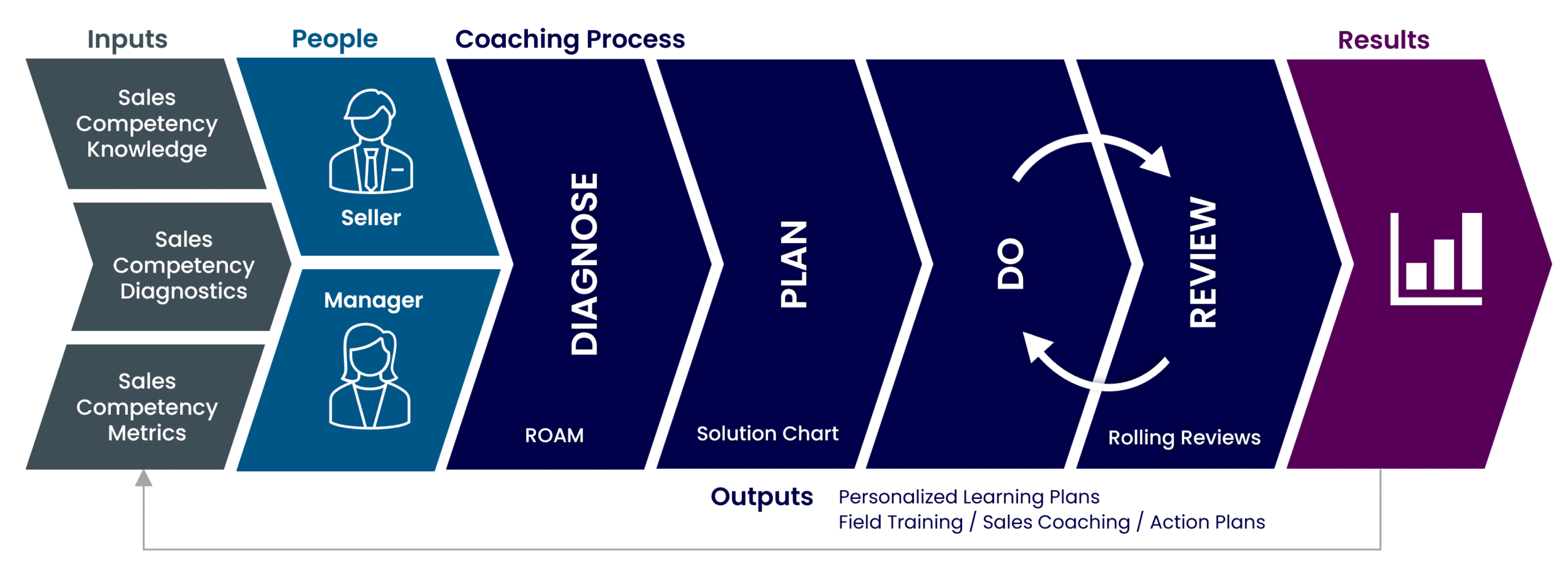Sales enablement is a critical component of any successful sales organization. By providing their sales force with the tools, training, and resources they need to succeed, companies can empower sellers to improve performance, close more deals and drive revenue growth.
But sales enablement is about more than just providing sales reps with the latest sales content, materials, tools and training programs. To truly maximize the impact of sales enablement, you must also focus on developing a culture of continuous improvement.
Does this require top-down support? Yes, like most things do, to drive lasting change. But that doesn’t mean that enablers can’t be the catalyst for setting the tone and starting the culture shift.
In this post, we’ll explore how sales enablement can drive sales team development and provide some best practices for building a culture of continuous improvement within your organization.
To accomplish this, you must:
- Embrace a growth mindset.
- Build a comprehensive sales enablement strategy.
- Provide ongoing training and coaching.
- Foster a culture of collaboration and feedback.
- Plan, execute, measure, evaluate and adjust.
By following best practices for each of these aspects, companies can use sales enablement to drive continuous sales team development and achieve long-term sales success.
Embrace a Growth Mindset
[Source: https://www.thebeone.com/post/fixed-vs-growth-mindset – click the image to view a larger version]
Building a culture of continuous improvement starts with embracing a growth mindset. Having a growth mindset means being open to new ideas, learning from failures, being willing to examine your performance, and constantly striving to improve.
Sales reps and managers who embrace a growth mindset are more likely to take risks, try new things, learn from their mistakes and continuously improve their performance. By fostering a growth mindset within their sales teams, company leaders can create a culture of continuous improvement that drives sales success. It all starts with this foundation.
But how do you do this… how do you help someone else develop a growth mindset?
On one hand, it’s a little like the old joke about the number of psychologists required to change a light bulb. It only takes one – but the light bulb must want to change. [Insert cymbal crash here.] That said, you can do things in your organization to encourage a growth mindset.
Encourage effort over innate talent.
Praise the effort, persistence, and hard work that others put into achieving their goals, rather than just their natural abilities. This helps them understand that success comes from effort and perseverance, not just innate talent.
Emphasize the power of “yet.”
Encourage others to adopt the phrase “not yet” when they encounter obstacles or setbacks. This suggests that they haven’t mastered a skill or concept yet, but they do have the ability to improve with effort and practice. (Read more here and here, about maximizing practice and role play.)
Foster curiosity and lifelong learning.
Encourage curiosity and a desire to learn new things by exposing others to new experiences and encouraging them to try.
Model a growth mindset.
Set an example by demonstrating a growth mindset in your own behavior. Be aware of the natural defensiveness that can occur when exposed to ideas that are different. Remain open to learning and feedback, embrace challenges and setbacks as opportunities to learn and grow, and show that you value the process of learning as much as the outcome. Be a role model.
Focus on progress, not just achievement.
Help others understand that progress is more important than perfection. Encourage them to set achievable goals, track their progress, and celebrate small wins along the way. Even in contests or competitions, include a “most improved” category to level the playing field and allow everyone a chance to be recognized for their growth.
Use positive self-talk.
Encourage others to adopt positive self-talk and challenge negative self-talk. Discuss this and talk about it openly. Help them to reframe their thoughts and beliefs about their abilities and potential.
Facilitate for solutions.
When problem solving or coaching, facilitate and engage (pull), rather than tell and direct (push). Ask questions like:
- “What have you tried so far?”
- “What have you learned from those attempts?”
- “What will you try next?”
These questions can encourage your reps to reflect on experiences and identify new strategies for overcoming obstacles. This approach also helps to shift the focus from failure or setbacks to learning and improvement, which is a key aspect of growth mindset.
By encouraging reps to take an active role in their learning and development, you can help them develop confidence in their ability to overcome challenges and achieve their goals. I often say that your sellers must own their development, with managers acting as a guide. This is why facilitation skills are so valuable for managers.
Behavior change can alter mindset.
Lastly, and perhaps counterintuitively, remember the light bulb joke. You can’t change an unwilling person’s mind. Another interesting psychological insight is that “emotion follows action.” Think about someone who feels insecure or uncertain when public speaking, and the change you see when you coach them to:
- Stand tall,
- Smile,
- Use bold gestures,
- Speak firmly and purposefully,
- Act as if they are confident.
Eventually, they will begin to feel more confident when speaking publicly. Focus on the behaviors that demonstrate a growth mindset, and it will help cultivate the mindset and feelings behind one. Emotion follows action.
Build a Comprehensive Sales Enablement Strategy
[Source: The Building Blocks of Sales Enablement – click the image to view a larger version]
With a growth mindset as a foundation, the first step in creating a sales enablement function that drives sales team development and delivers business impact, is to develop a comprehensive sales enablement strategy. This strategy should outline the key goals, objectives and tactics to enable your sales team to succeed. This strategic approach must align with the market (buyers and customers) and the goals of your executive team and senior sales leader.
Thus, a successful sales enablement strategy should be based on a thorough understanding of your prospects and customers (buyer and customer acumen), your sales team’s strengths and weaknesses, and the current versus desired future state of how you support your sales force with content, training, tools, systems, process, methodology, tools and more.
All your sales enablement efforts should also align with your overall business goals and objectives, especially the revenue plan and desired outcomes.
While this topic is more detailed than I can share here in a single post, these six steps are foundational to building a comprehensive enablement plan that will deliver an impact.
- Assess your current sales enablement maturity level. Define your current state and the value enablement is delivering currently.
- Understand the building blocks of sales enablement. Recognize the performance levels you can align to enable your sales force to perform at the highest possible level.
- Gain alignment and clarity with a sales enablement charter. Gather your cross-functional collaborators and align on what sales enablement means for you and who will do what to support the sales force in achieving the desired outcomes.
- Conduct a situation assessment to create your business case. Document the current and desired future states for the sales force and their results, using the COIN-OP framework (Challenges and Opportunities, Impacts, Needs, Outcomes and Priorities).
- Use the building blocks as a diagnostic tool. Rate your current and desired future state of the building blocks, and prioritize based on the objectives, needs, and prioritized outcomes from your Situation Assessment (aligns enablement activities to the metrics that matter most).
- Conduct a force field analysis to develop your sales enablement plan. Analyze what is moving you toward the desired state, what is holding you back, and what critical information is missing. Use this to create an action plan (sales enablement plan) to support the business in the best possible way.
Once you have developed a comprehensive sales enablement strategy that supports the objectives, desired outcomes and revenue plan attainment, you can begin to implement the initiatives that will enable your sales team to succeed. This may include providing training and coaching programs, creating sales playbooks, developing content libraries and resources, implementing sales technology and analytics tools and more.
For a free recorded webinar and slides on this topic, click here, and download this complimentary eBook with more detail about the above steps.
Cultivate a Cadence of Ongoing Training and Coaching
One of the most important components of any successful sales enablement program is ongoing training and coaching, in support of achieving the desired business results. If you define your sales process, sales methodology, and the underlying sales competencies – and these all support the above-mentioned organizational objectives, needs and prioritized outcomes – you can conduct ongoing sales competency gap analyses and use manager-led training and coaching to close the gaps. By doing this you are again strategically aligning enablement initiatives with business goals.
Sales coaching framework
[Source: Sales Coaching Excellence™ – click the image to view a larger version]
The key is to provide training and/or coaching that is tailored to the specific needs of each sales rep. This requires conducting assessments/evaluations or field observation to identify areas where reps need the most support, and then providing training and coaching through their managers that address the targeted areas. Close the gaps, improve sales results, and repeat. It’s the cadence, or the endless loop in the above image, which supports continuous improvement.
To learn more about developing sales coaching excellence in you company, watch this 3-minute video and review this site.
Foster a Culture of Collaboration and Feedback
Another key component of sales team development is fostering a culture of collaboration and feedback. Environment and organization culture matter a great deal. Sellers who work in a supportive, collaborative environment are far more likely to achieve above-average performance. And psychological safety has also been shown to be a key element that enables high-performing teams.
“Psychological safety is the key to creating a workplace where people can be confident enough to act without undue fear of being ridiculed, punished, or fired – and be humble enough to openly doubt what is believed and done. As Amy Edmondson’s research shows, psychological safety emerges when those in power persistently praise, reward, and promote people who have the courage to act, talk about their doubts, successes, and failures, and work doggedly to do things better the next time.”
~ Robert I. Sutton
To build a culture of collaboration and feedback with psychological safety, companies should encourage sales reps to share their successes and challenges with each other and provide opportunities to collaborate and share best practices. This may include creating cross-functional selling teams, hosting regular team-building events, creating a sales advisory board and encouraging reps to share their insights and experiences with one another.
In addition to fostering collaboration, front-line sales managers and sales leaders should also provide regular feedback to sales reps and to each other. This feedback should be both positive and constructive and should focus on helping the reps, managers, and leaders improve their performance and achieve their goals. When delivered kindly in a positive, safe, nonjudgmental environment with the clear intention of helping improve performance, everyone wins.
Plan, Execute, Measure, Evaluate and Adjust

Finally, to drive sales team development and continuous improvement, companies must measure and analyze sales performance. By tracking key metrics such as sales productivity, sales velocity, conversion rates, win rates, deal velocity, account growth, and whatever other metrics matter for a given business and their next planning cycle, companies can identify areas where their sales teams are succeeding, as well as areas where they need to pivot or adjust to improve.
In addition to tracking these key metrics, you should also use sales analytics tools to gain deeper insights into sales performance. This may include using predictive analytics to identify potential sales opportunities, analyze customer data to identify buying patterns and preferences, and track sales rep performance to identify areas where they may need additional support.
By regularly measuring and analyzing sales performance, companies can identify opportunities for improvement and make data-driven decisions about how to optimize their sales enablement programs. After planning, looping between execute, measure, evaluate, adjust and re-executing, you improve the likelihood of continuous improvement.
Closing Thoughts
In conclusion, sales enablement done well is a powerful tool for driving sales team development. There are always many factors that drive organization effectiveness in a complex ecosystem, but these five foundations, well executed, will take you a long way toward building a culture of continuous improvement at your company.
Mike Kunkle is an internationally recognized expert on sales enablement, sales effectiveness, sales training, sales coaching, sales management, and sales transformations.
He’s spent over 30 years helping companies drive dramatic revenue growth through best-in-class enablement strategies and proven effective sales systems.
Mike is the founder of Transforming Sales Results, LLC where he designs sales training, delivers workshops, and helps clients improve sales results through a variety of sales effectiveness practices and advisory services.
He collaborated to develop SPARXiQ’s Modern Sales Foundations™ curriculum and authored their Sales Coaching Excellence™ and Sales Management Foundations™ courses.
Mike's book, The Building Blocks of Sales Enablement, is available on Amazon, with others coming soon in 2026, starting with The CoNavigator Method for B2B Selling.





2 thoughts on “How to Use Sales Enablement to Build a Culture of Continuous Improvement”
Very insightful and informative Mike, excellent article! Particularly, the linkage to Continuous Improvement is refreshing to see. In manufacturing and operations, the PDCA (Plan, Do, Check, Adjust) cycle is key to CI and widely utilized in those circles though not as often seen in Sales and Marketing.
Thanks, Jerry. Glad you enjoyed it. Good call out on PDCA, too. The best enablement pros rely on the rich history of performance improvement methods from TQM, BPM, Lean and Six Sigma, Organization Development, Performance Consulting, and more. It’s definitely not as common in Sales and Marketing yet, but it’s gaining traction.